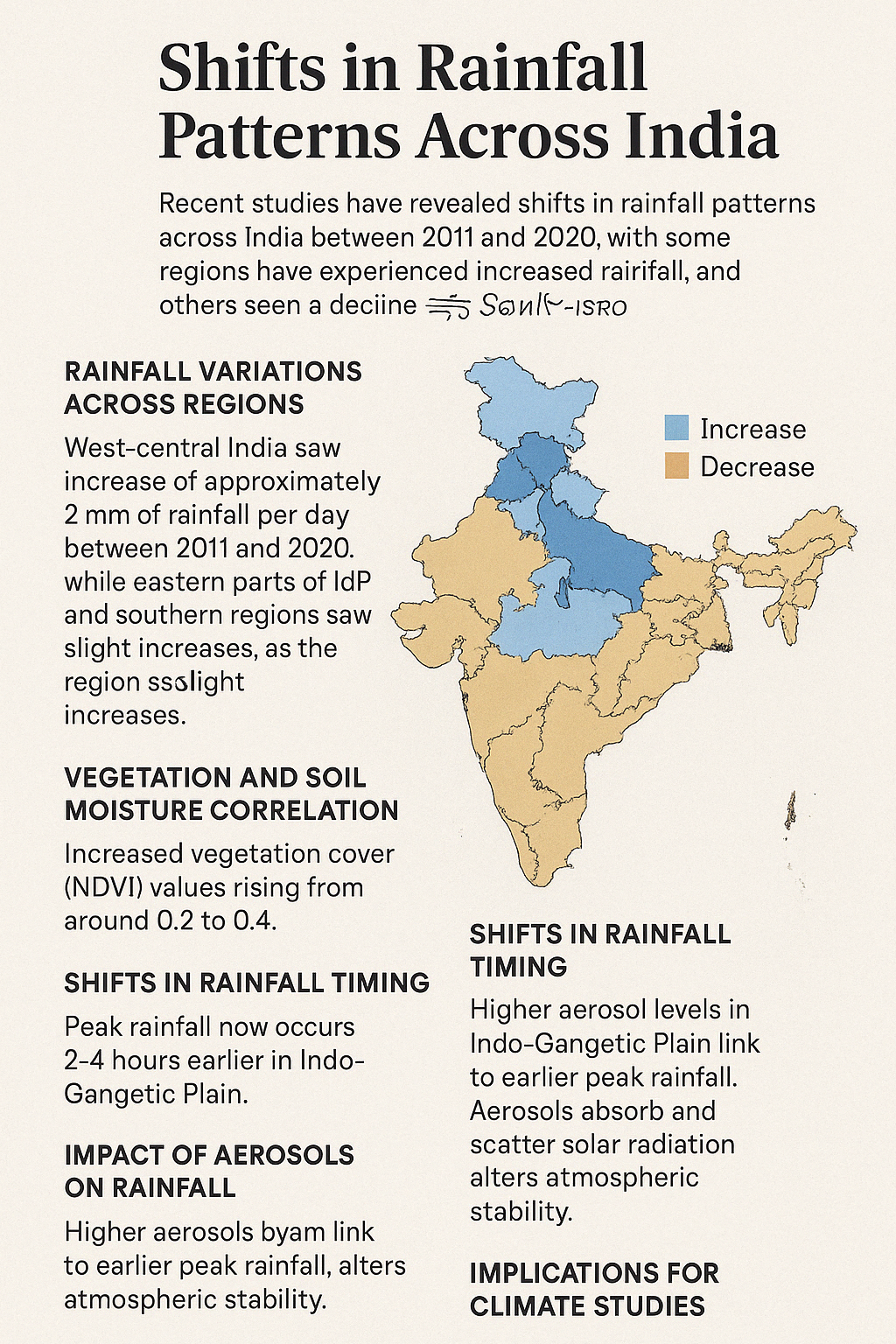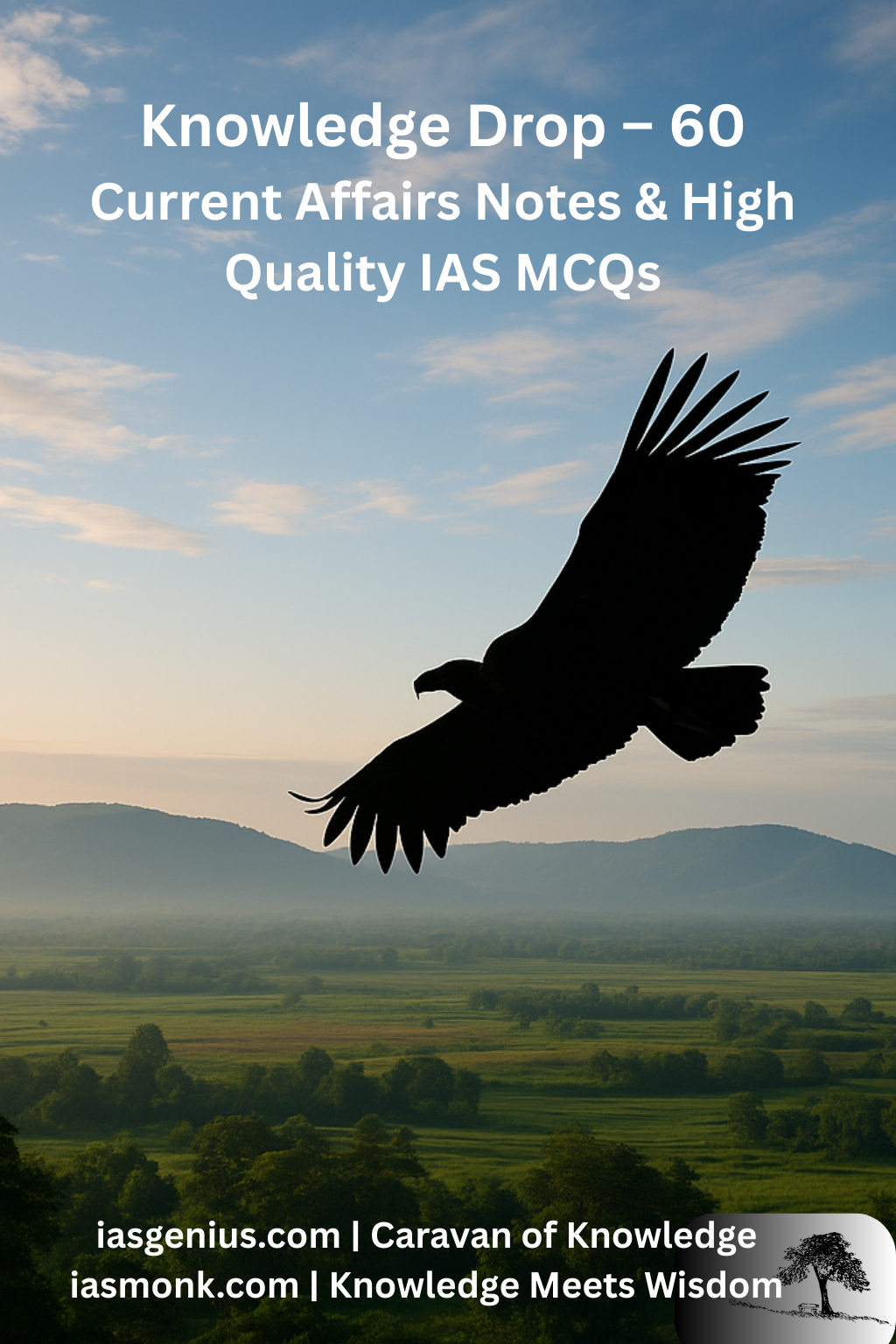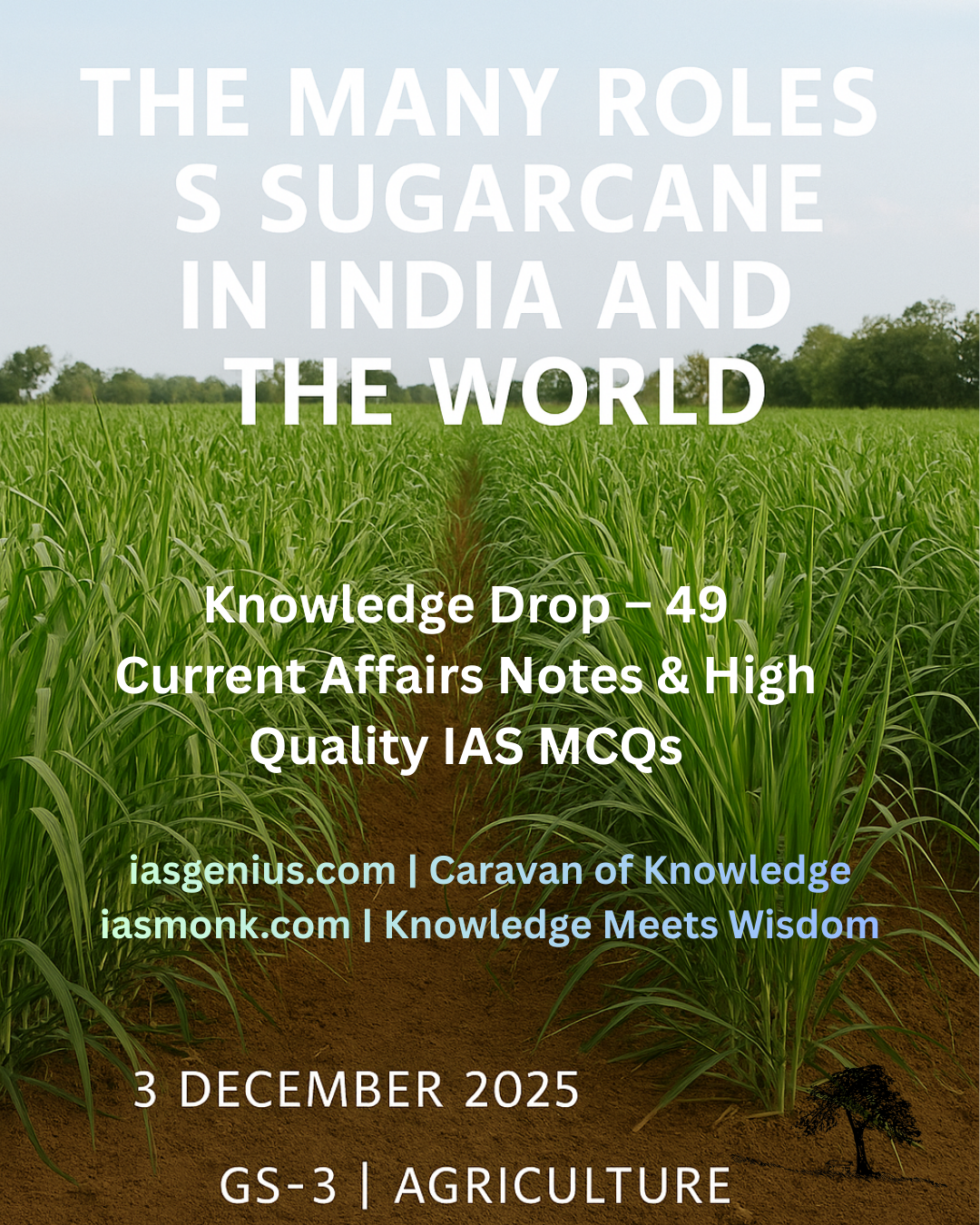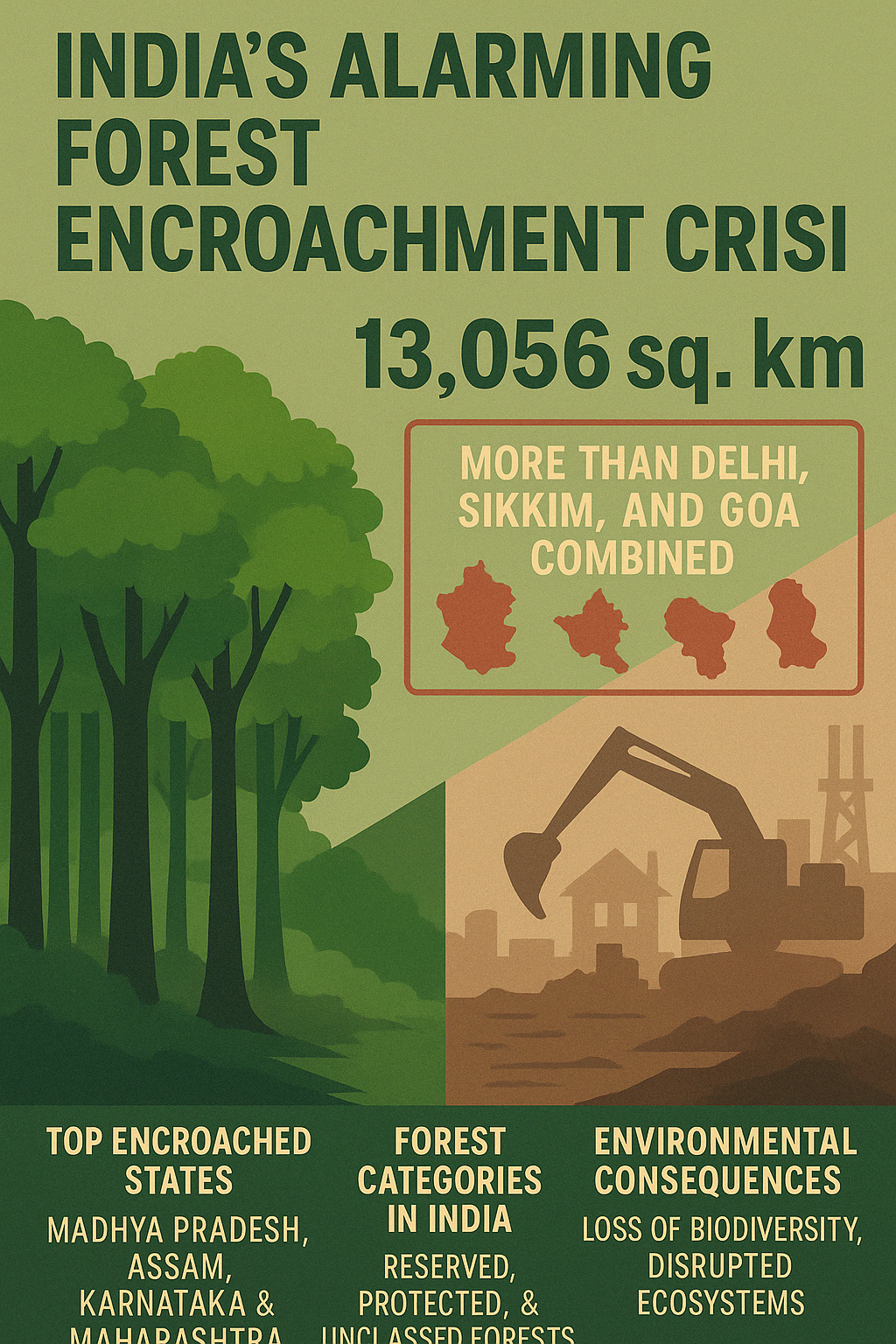
007- Apr 15, 2025
When the Rain Changed Its Mind

🧭 Thematic Focus
Category: Geography, Climate Science, Environment
Tags: #Rainfall Patterns #ISRO #ClimateChange #Aerosols #Vegetation #IndiaMonsoon
🌿 Intro
A shift in the skies, a whisper in the wind—India’s rainfall map is being redrawn. A new study by ISRO and JAXA reveals how regions like west-central India are receiving more rain, while others are drying out. The story isn’t just about water—it’s about the dance of vegetation, aerosols, and a changing climate.
📌 Key Highlights
- Rise in Rainfall in West-Central India:
Rainfall increased by ~2 mm/day between 2011–2020. - Decline in Eastern India:
Rainfall fell by ~1 mm/day in regions of East India. - Vegetation’s Role:
NDVI values in west-central India rose from 0.2 to 0.4, signaling denser plant growth and contributing to increased atmospheric moisture through transpiration. - Soil Moisture Levels:
Higher soil moisture supports the sustained rainfall increase in west-central India. - Timing of Rainfall Has Shifted:
- In the Indo-Gangetic Plain, peak rainfall is occurring 2–4 hours earlier.
- In west-central India, it’s delayed by 1–2 hours.
- Aerosol Influence:
High aerosol levels in the Indo-Gangetic Plain disrupt solar radiation and atmospheric stability—pushing rainfall timing earlier than usual.
🧠 Concept Explainer
Why Do Aerosols Matter?
Aerosols—tiny solid or liquid particles in the air—act like invisible sunshades. They scatter and absorb sunlight, which alters atmospheric temperature and stability. This affects cloud formation and can either delay or hasten rainfall. In heavily polluted areas like the Indo-Gangetic Plain, these effects are intensified, changing when and how rain falls.
📘 GS Paper Mapping
- GS Paper 1: Indian Geography – Climate & Monsoon Patterns
- GS Paper 3: Environmental Pollution & Degradation
- Essay Paper: Human-Nature Interactions, Climate Ethics
💭 A Thought Spark — by IAS Monk
“It is not the thunder that announces change, but the silent shift of clouds and wind. When we learn to read the rhythm of rain, we learn to listen to the Earth.”
🕊️ Closing Whisper
As the sky moves ahead of our clocks and fields bloom where they never did, the Earth leaves us signals—not warnings, but invitations. If we listen with care, we can respond not in panic, but in harmony.


















